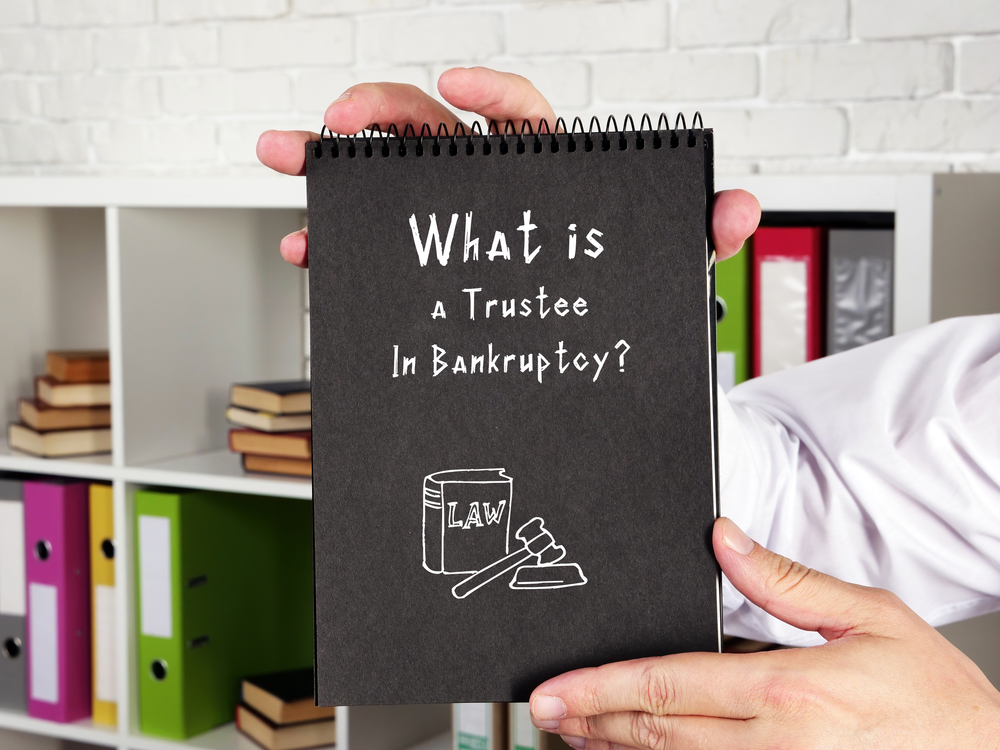When a person files a chapter 7 or chapter 13 bankruptcy case, they are asking the bankruptcy court for relief from their debts. In a chapter 7 bankruptcy case, a person is completely relieved from most of types of debts by receiving a legal “discharge” of their debt, typically within 3 to 4 months after their case is filed, without the need for making any payments to their creditors. In most chapter 7 cases, the “debtor” (what you call a person who files for bankruptcy) is able to keep most, if not all, of their property in exchange for receiving their discharge. In a chapter 13 case, the debtor does not have to give up any property, but must make regular payments, each month, towards their debts, in a three to five year repayment plan, after which they receive a discharge of most, if not all, of their remaining debts.

What is A Bankruptcy Trustee and What do they do in Saint Paul Minnesota?
When a person files a chapter 7 or chapter 13 bankruptcy case, they are asking the bankruptcy court...

